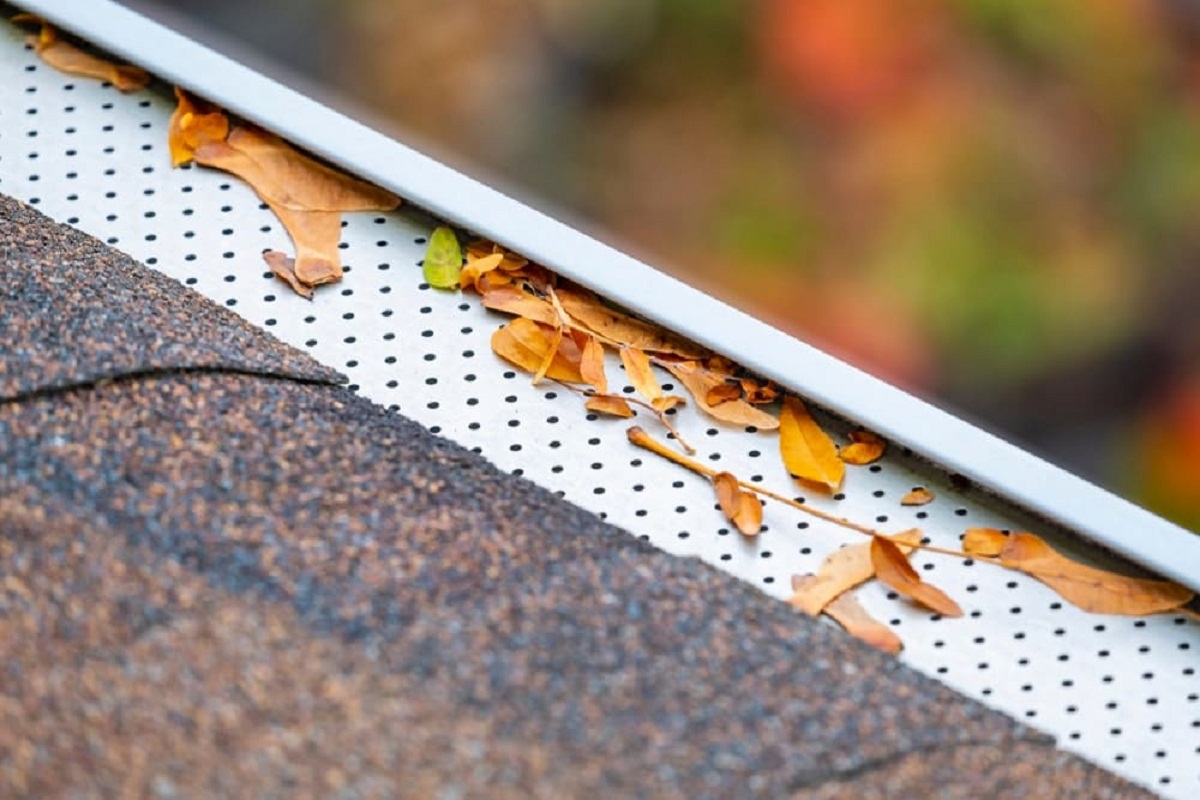

Articles
How Leaf Guard Gutters Work
Modified: April 22, 2024
Discover how Leaf Guard Gutters work and their benefits for your home. Read our informative articles on the topic and make an informed decision for your gutter system.
(Many of the links in this article redirect to a specific reviewed product. Your purchase of these products through affiliate links helps to generate commission for Storables.com, at no extra cost. Learn more)
Introduction
When it comes to home maintenance, few tasks are as daunting and time-consuming as cleaning out clogged gutters. Leaves, twigs, and debris can accumulate, blocking the flow of rainwater and leading to potential damage to your home’s foundation, roof, and landscaping. Luckily, there is an innovative solution to this age-old problem: leaf guard gutters.
Leaf guard gutters are specially designed systems that help prevent debris from clogging the gutter and downspout, ensuring that rainwater flows freely away from your home. These ingenious systems have gained popularity among homeowners seeking a low-maintenance solution to their gutter woes. With their advanced features and seamless integration, leaf guard gutters have become an essential component of modern home exteriors.
In this article, we will explore what leaf guard gutters are, how they work, their benefits, installation process, and potential drawbacks. Whether you’re a homeowner considering installing leaf guard gutters or simply curious about their functionality, this comprehensive guide will provide you with the information you need.
Key Takeaways:
- Leaf guard gutters prevent clogs, reduce maintenance, and protect against pests, extending the lifespan of your gutters and improving water flow. They enhance curb appeal and offer peace of mind for homeowners.
- While leaf guard gutters provide numerous benefits, it’s important to consider potential drawbacks such as initial cost, installation complexity, and challenges with fine debris. Proper maintenance is essential for optimal performance and longevity.
Read more: How To Install Leaf Guard Gutters
What are leaf guard gutters?
Leaf guard gutters, also known as gutter guards or gutter covers, are protective systems installed on top of gutters to prevent leaves, debris, and other foreign objects from entering and clogging the gutter system. Traditional gutters require frequent cleaning to ensure proper water flow, but leaf guard gutters are designed to minimize the need for regular maintenance.
Leaf guard gutters come in various forms, but the basic principle remains the same: to create a barrier that allows water to enter the gutter while preventing leaves and debris from entering. They are typically made from durable materials such as aluminum, vinyl, or stainless steel, ensuring longevity and reliability.
One common type of leaf guard gutter is the “screen” or “mesh” system. These consist of a tightly woven mesh or screen that is laid across the gutter, preventing leaves and larger debris from entering while allowing water to flow through. The mesh is typically made of rust-resistant materials like stainless steel or aluminum, ensuring the system’s longevity.
Another type of leaf guard gutter is the “hood” or “cover” system. These systems feature a solid cover that extends over the top of the gutter, allowing only water to flow into the gutter while keeping leaves and debris out. The water adheres to the curved surface of the cover and is directed into the gutter while leaves and debris slide off the edge.
Some leaf guard gutters also incorporate innovative features to enhance their functionality. For example, some systems have built-in water channels or breakers that help to redirect the flow of water, preventing overflow during heavy rainfall. Others may have self-cleaning mechanisms, such as air pressure or water pressure, to remove any debris that may accumulate on the surface.
In summary, leaf guard gutters are protective systems that prevent leaves, debris, and other foreign objects from entering the gutter, ensuring proper water flow and reducing the need for regular maintenance. These systems come in various forms, including mesh screens and solid covers, and may incorporate additional features to enhance their performance.
Benefits of Leaf Guard Gutters
Leaf guard gutters offer a range of benefits that make them a valuable addition to any home. Here are some of the key advantages of installing leaf guard gutters:
- Prevents clogs: The primary benefit of leaf guard gutters is that they prevent leaves, twigs, and other debris from clogging the gutter system. This ensures that rainwater can flow freely away from the roof and foundation of your home, reducing the risk of water damage and eliminating the need for frequent gutter cleaning.
- Reduces maintenance: By preventing the accumulation of debris, leaf guard gutters significantly reduce the amount of maintenance required to keep your gutters clean. This saves you time and effort spent on climbing ladders and removing leaves, making them an ideal solution for homeowners who prefer a low-maintenance gutter system.
- Protects against pests: Clogged gutters can become a breeding ground for pests such as mosquitoes, termites, and rodents. Leaf guard gutters act as a barrier, preventing these pests from nesting in the gutters and gaining access to your home, thereby enhancing the overall hygiene and comfort of your living space.
- Extends gutter lifespan: By reducing the build-up of debris, leaf guard gutters help to extend the lifespan of your gutter system. Traditional gutters are prone to rust and corrosion when exposed to moisture for prolonged periods. Installing leaf guard gutters protects your gutters from excess moisture, helping them to last longer and saving you money on potential repairs or replacements.
- Improves water flow: Leaf guard gutters ensure that rainwater can flow freely without any obstruction, directing it away from your home’s foundation. This helps to prevent water damage to your home, including basement flooding, erosion, and cracking of the foundation. By efficiently managing water flow, leaf guard gutters contribute to the overall sustainability of your property.
- Enhances curb appeal: Leaf guard gutters are designed to be sleek and seamless, blending seamlessly with the exterior of your home. They can be customized to match the color and style of your existing gutter system, enhancing the overall curb appeal and aesthetic value of your property.
By preventing clogs, reducing maintenance, protecting against pests, extending the lifespan of your gutters, improving water flow, and enhancing curb appeal, leaf guard gutters provide a range of benefits that make them a wise investment for homeowners. These innovative systems offer peace of mind, convenience, and long-term protection for your home’s exterior.
How Do Leaf Guard Gutters Work?
Leaf guard gutters work by creating a physical barrier that prevents leaves, twigs, and other debris from entering the gutter system while still allowing water to flow freely. The precise working mechanism may vary depending on the type of leaf guard gutter system you choose, but the overall objective remains the same: to keep your gutters clear and functioning efficiently.
One common type of leaf guard gutter system is the mesh or screen system. This involves installing a fine mesh or screen over the top of the gutter, which acts as a filter for debris. The holes in the mesh are small enough to prevent leaves and larger debris from entering, while allowing water to pass through. This design ensures that the gutter remains clear and unobstructed, allowing rainwater to flow freely and be directed away from your home.
An alternative to the mesh or screen system is the hood or cover system. With this design, a solid cover is installed over the top of the gutter, creating a barrier that prevents debris from entering while still allowing water to enter. The cover is typically curved to enable water to adhere to its surface and flow into the gutter. Leaves and debris, on the other hand, are unable to adhere to the smooth surface and instead slide off the edge.
Whichever type of leaf guard gutter system you choose, the result is the same: the prevention of clogs and the maintenance of proper water flow. By blocking debris from entering the gutter, these systems eliminate the need for regular cleaning and minimize the risk of water damage to your home’s foundation, roof, and landscaping.
It is worth noting that while leaf guard gutters greatly reduce the amount of debris that enters the gutter system, some fine particles may still find their way into the gutter over time. However, these particles are significantly easier to flush out during periodic maintenance compared to larger debris such as leaves and twigs.
Overall, leaf guard gutters provide a reliable and efficient solution for maintaining the functionality of your gutter system. By keeping debris out and allowing water to flow freely, these innovative systems minimize the need for maintenance and protect your home from potential water damage.
Types of Leaf Guard Gutter Systems
Leaf guard gutter systems come in various types, each with its own unique design and functionality. Understanding the different options available can help you choose the best system for your home. Here are some of the common types of leaf guard gutter systems:
- Mesh or screen systems: These systems consist of a fine mesh or screen material installed on top of the gutter. The mesh or screen has small holes that prevent leaves and debris from entering while allowing water to flow through. Mesh or screen systems are generally cost-effective and provide efficient protection against clogs. They are relatively low-profile and do not affect the aesthetic appeal of the gutters.
- Hood or cover systems: Hood or cover systems utilize a solid cover that extends over the top of the gutter, while still allowing water to enter. The design of the cover allows rainwater to adhere to its curved surface and flow into the gutter, while leaves and larger debris slide off the edge. Hood or cover systems provide effective protection against clogs and offer a sleeker appearance compared to mesh or screen systems.
- Reverse curve systems: Reverse curve systems feature a curved piece of metal or plastic installed on top of the gutters. This design allows water to flow around the curved surface and into the gutter, while leaves and debris are deflected and fall to the ground. Reverse curve systems are known for their ability to handle high volumes of water, making them suitable for areas with heavy rainfall.
- Foam insert systems: Foam insert systems involve placing a foam strip into the gutter, which acts as a filter for debris. The foam allows water to pass through while preventing leaves and larger debris from clogging the gutter. Foam insert systems are relatively inexpensive and easy to install, but they may require more frequent maintenance as the foam can become saturated and lose its effectiveness over time.
- Brush insert systems: Brush insert systems consist of a series of bristles or brushes that fill the gutter, preventing leaves and debris from entering while still allowing water to flow through. The bristles are typically made of durable materials such as polypropylene or stainless steel. Brush insert systems are easy to install and can be trimmed to fit any gutter size, but they may require regular cleaning as debris can accumulate on the bristles.
Each type of leaf guard gutter system has its own advantages and considerations. Factors such as the amount of foliage in your area, the frequency of heavy rainfall, and your budget will influence the choice of system that best suits your needs. Consulting with a professional gutter installer can help you determine the most suitable type of leaf guard gutter system for your home.
Remember, regardless of the type of leaf guard gutter system you choose, proper installation is essential to ensure optimal performance. Hiring a reputable gutter installation professional will ensure that your leaf guard gutter system is installed correctly and effectively protects your home from clogs and water damage.
When installing leaf guard gutters, make sure to regularly clean and maintain them to ensure proper functionality and prevent clogs.
Read more: What Are The Best Leaf Guards For Gutters
Installation Process of Leaf Guard Gutters
The installation process for leaf guard gutters may vary depending on the specific type and design of the system you choose. While DIY installation is possible for some systems, it is recommended to hire a professional for a proper and efficient installation. Here is a general overview of the installation process for leaf guard gutters:
- Assessment and measurement: The first step in the installation process is assessing your gutter system and measuring the length and width of your gutters. This will help determine the amount of materials needed and ensure accurate fitting of the leaf guard system.
- Gutter cleaning: Before installing the leaf guard system, it is essential to clean your existing gutters thoroughly. This includes removing any debris, leaves, and clogs to ensure proper water flow and allow for a smooth installation process.
- Securing the leaf guard system: The next step is securing the leaf guard system onto your gutter. The method of attachment will depend on the type of system you choose. Mesh or screen systems may require fastening the mesh or screen onto the gutter using clips or brackets. Hood or cover systems may involve attaching the covers securely and ensuring they are properly aligned and sealed.
- Trimming and customizing: During the installation process, adjustments and customizations might be necessary to ensure that the leaf guard system fits perfectly on your gutters. This includes trimming excess material or adjusting the positioning of the system to align with the shape and size of your gutters.
- Sealing and securing: Proper sealing and securing of the leaf guard system are crucial to ensure its effectiveness. This may involve using specialized adhesive, caulk, or screws to secure the system in place and prevent any gaps or leaks.
- Quality check and testing: Once the leaf guard system is installed, it is essential to perform a quality check to ensure that it is securely fitted, aligned, and functioning as intended. Testing the system by running water through it can help identify any potential issues or leaks that need to be addressed.
It is important to note that the installation process can vary depending on the manufacturer’s instructions and the specific features of the leaf guard system you choose. Following the manufacturer’s guidelines and, if necessary, seeking professional assistance will help ensure a proper and efficient installation.
Remember that proper installation is crucial for the optimal performance and longevity of your leaf guard gutter system. By investing in professional installation, you can have peace of mind knowing that your leaf guard gutters are securely and effectively protecting your home from clogs and water damage.
Maintenance and Care for Leaf Guard Gutters
While leaf guard gutters greatly reduce the need for regular maintenance compared to traditional gutters, they still require some care to ensure optimal performance and longevity. Here are some essential maintenance tips to keep your leaf guard gutters in excellent condition:
- Inspect regularly: Regularly inspect your leaf guard gutters to check for any signs of damage or debris accumulation. Look for cracks, loose screws, or gaps in the system. Additionally, ensure that the gutters are securely attached to the fascia board and that the downspouts are clear of any obstructions.
- Clean off debris: While leaf guard gutters prevent large debris from entering, smaller leaves, dirt, and pollen may still accumulate on the surface. Use a soft-bristle brush or a hose to gently brush away any debris from the top of the leaf guard system. Alternatively, you can use a leaf blower on a low setting to blow away the debris.
- Flush with water: Periodically, flush your leaf guard gutters with water to remove any fine particles or residue that may have accumulated within the system. Use a garden hose or a pressure washer on a low setting to direct water through the gutters and downspouts. This will help maintain proper water flow and prevent clogs.
- Trim nearby trees: If you have trees near your home, regularly trim branches and limbs that may hang over or near your roof and gutters. This will help minimize the amount of leaves and debris that can potentially fall on your leaf guard gutters.
- Monitor for pests: Keep an eye out for any signs of pest activity, such as nests or droppings, in or around your leaf guard gutters. If you notice any signs of pest infestation, consult with a professional pest control service to address the issue promptly.
- Check for damage: Occasionally, inspect your leaf guard gutters for any signs of damage. This includes cracks, holes, or sagging sections. If you notice any damage, consult with a professional gutter installer to repair or replace the damaged sections.
- Monitor water flow: During heavy rainfall, pay attention to the water flow in your gutters. Ensure that water is flowing smoothly through the downspouts and away from the foundation of your home. If you notice any issues with water flow or pooling, it may indicate a clog or a problem with the gutter system. Address the issue promptly to prevent water damage.
By following these maintenance tips, you can ensure that your leaf guard gutters remain in optimal condition and continue to protect your home from debris and water damage. Remember, proper maintenance not only prolongs the life of your gutter system but also ensures the effectiveness of the leaf guard mechanism.
If you’re unsure about how to properly maintain or clean your leaf guard gutters, it is always recommended to consult with a professional gutter maintenance service. They have the knowledge and expertise to perform thorough inspections and provide appropriate care for your specific leaf guard gutter system.
Potential Drawbacks of Leaf Guard Gutters
While leaf guard gutters offer numerous benefits, it is important to consider potential drawbacks that may arise. Here are some factors to keep in mind:
- Cost: Leaf guard gutters can be more expensive compared to traditional gutters due to the added technology and materials used in their design. The initial investment for installing leaf guard gutters may be higher, although it can potentially save you money in the long run by reducing maintenance and potential repair costs.
- Installation complexity: Installing leaf guard gutters may require professional assistance, especially if you have a complex roof structure or specific customization needs. DIY installation can be challenging and may result in improper fitting or reduced effectiveness of the system.
- Adjustment for heavy rainfall: Some types of leaf guard gutters may have limitations in handling excessive rainfall or heavy downpours. In regions with high precipitation rates, it is important to ensure that the leaf guard gutter system selected can adequately manage the water flow without causing overflow or water damage.
- Less effective on fine debris: While leaf guard gutters are designed to prevent leaves and larger debris from entering the gutter system, fine particles such as pine needles and seed pods may still find their way into the gutters over time. These fine debris can be more challenging to remove and may require occasional maintenance to keep the system functioning optimally.
- Limited customization: Certain leaf guard gutter systems may have limited customization options when it comes to colors, styles, or sizes, which can affect the overall aesthetic appearance of your home. It is important to consider the visual impact and compatibility with your home’s exterior before choosing a leaf guard gutter system.
- Increased ice dam risks: In colder climates, leaf guard gutters can potentially increase the risk of ice dams forming on the roof edges. Ice dams occur when melting snow gets trapped and refreezes near the gutter system, leading to water damage and leaks. It is essential to ensure proper insulation and ventilation to minimize the risk of ice dams.
It’s important to weigh these potential drawbacks against the benefits that leaf guard gutters provide. Consider your specific needs, budget, region, and home structure when deciding whether leaf guard gutters are the right choice for you. Consulting with a professional gutter installer can also provide valuable insight and guidance in selecting the most suitable gutter system to meet your requirements.
Despite these potential drawbacks, leaf guard gutters remain a popular choice for homeowners seeking to minimize gutter maintenance and protect their homes from water damage. By considering these factors and making an informed decision, you can enjoy the benefits of leaf guard gutters while being aware of any limitations they may have in your particular circumstances.
Conclusion
Leaf guard gutters offer a revolutionary solution to the age-old problem of gutter clogs and maintenance. With their innovative designs and protective features, leaf guard gutters have gained popularity among homeowners looking for a low-maintenance gutter system that ensures proper water flow and protects their homes from potential water damage.
In this comprehensive guide, we have explored what leaf guard gutters are, how they work, the benefits they provide, the various types available, the installation process, maintenance tips, and potential drawbacks to consider. By understanding these aspects, you can make an informed decision about whether leaf guard gutters are the right choice for your home.
The benefits of leaf guard gutters, such as preventing clogs, reducing maintenance, protecting against pests, extending gutter lifespan, improving water flow, and enhancing curb appeal, make them a valuable investment for homeowners. These systems offer convenience, peace of mind, and long-term protection against gutter-related issues.
It is important to note that while leaf guard gutters significantly decrease the amount of debris that enters the gutter system, some regular maintenance is still required. Regular inspection, cleaning off debris, flushing with water, trimming nearby trees, and monitoring for pests are essential practices for ensuring the optimal performance of leaf guard gutters.
While leaf guard gutters have numerous benefits, it is crucial to consider potential drawbacks such as the initial cost, installation complexity, adjustment for heavy rainfall, challenges with fine debris, limited customization options, and increased ice dam risks in colder climates. Understanding these factors allows you to make an informed decision that aligns with your specific needs and circumstances.
In conclusion, leaf guard gutters are a game-changer in the world of gutter systems. They offer homeowners a convenient and reliable solution to the never-ending task of gutter maintenance, providing efficient protection against clogs and water damage. By considering the benefits, drawbacks, and proper maintenance practices, you can make an educated decision about whether leaf guard gutters are the right choice for your home, ensuring a long-lasting and efficient gutter system that keeps your home safe and sound for years to come.
Frequently Asked Questions about How Leaf Guard Gutters Work
Was this page helpful?
At Storables.com, we guarantee accurate and reliable information. Our content, validated by Expert Board Contributors, is crafted following stringent Editorial Policies. We're committed to providing you with well-researched, expert-backed insights for all your informational needs.
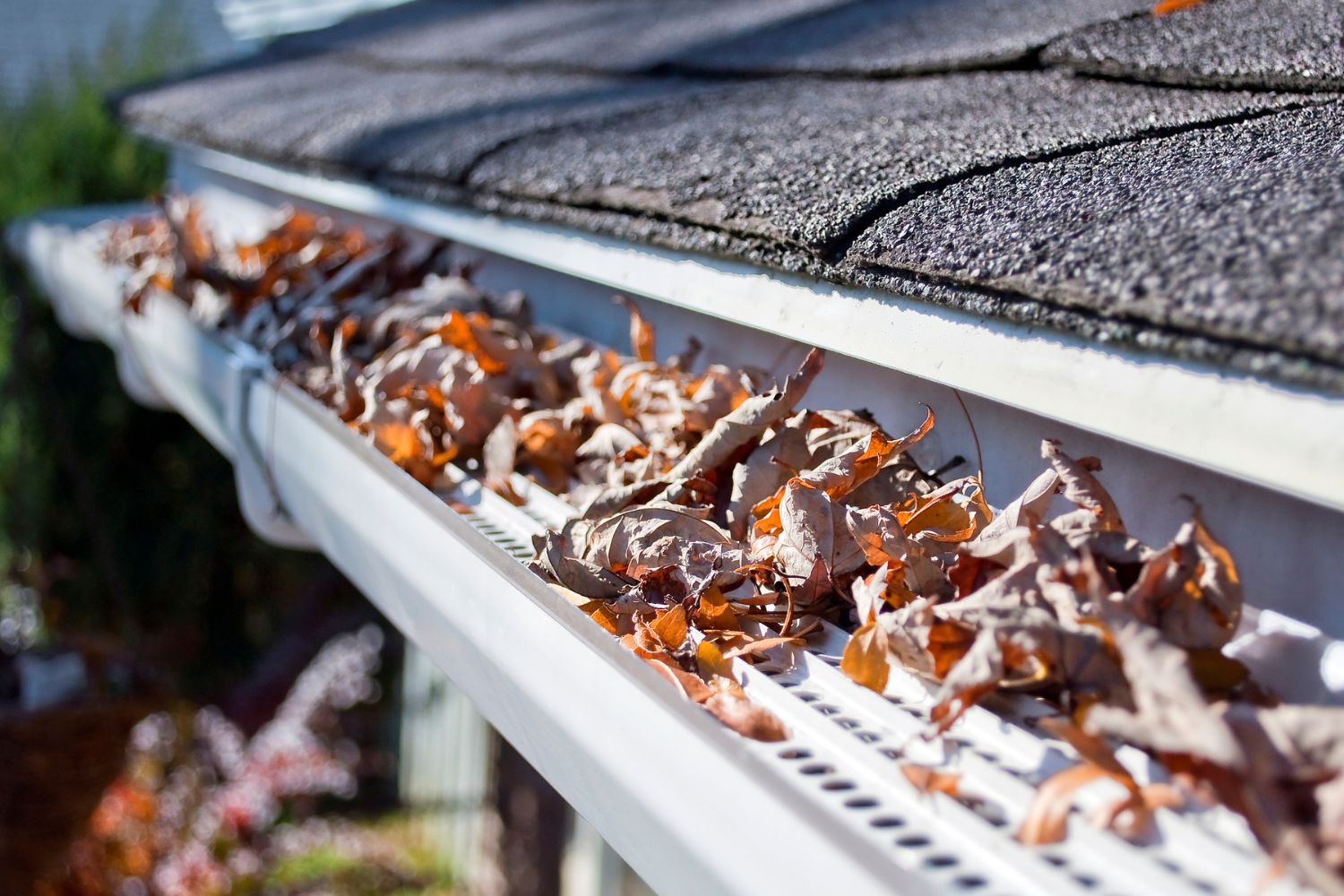
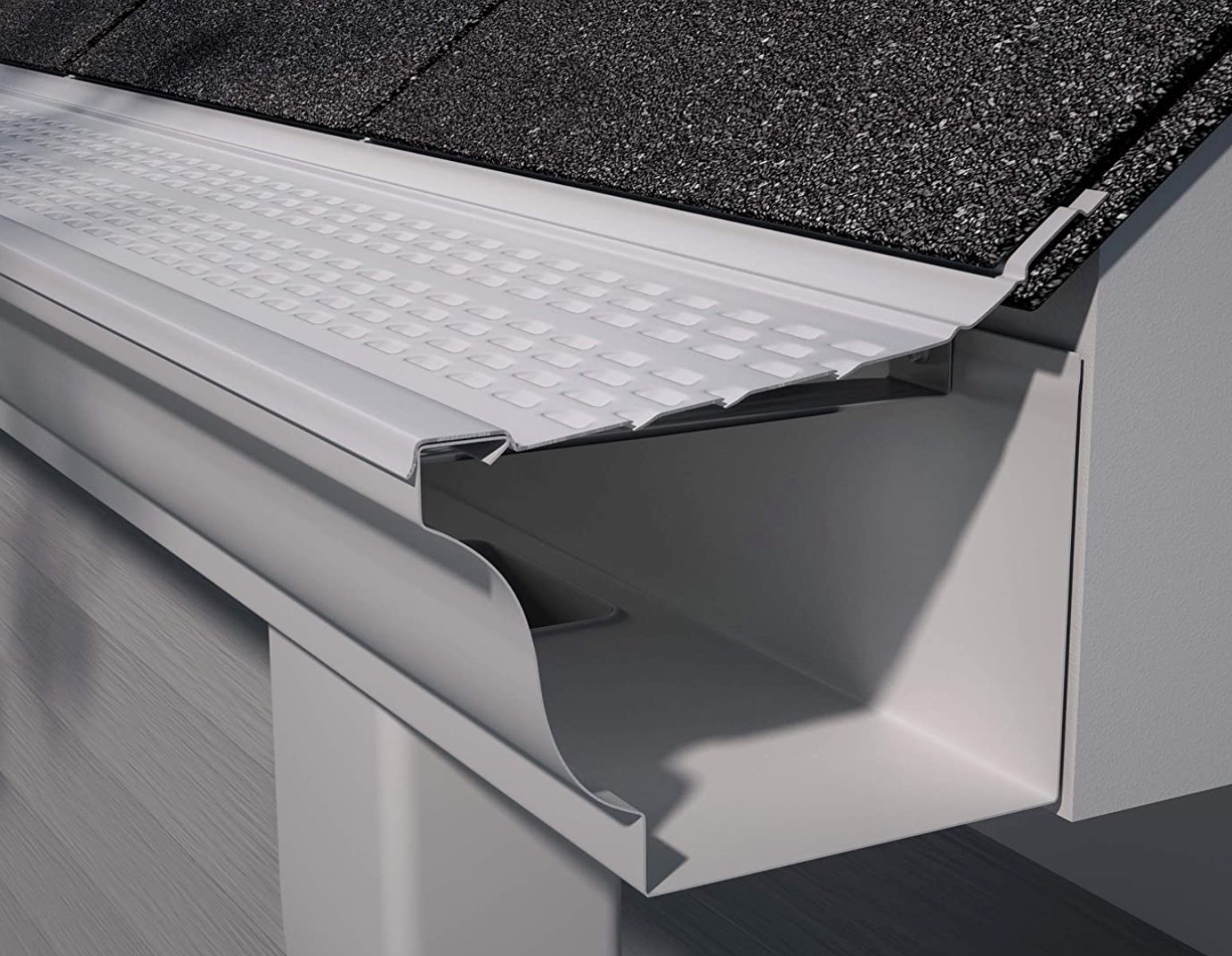
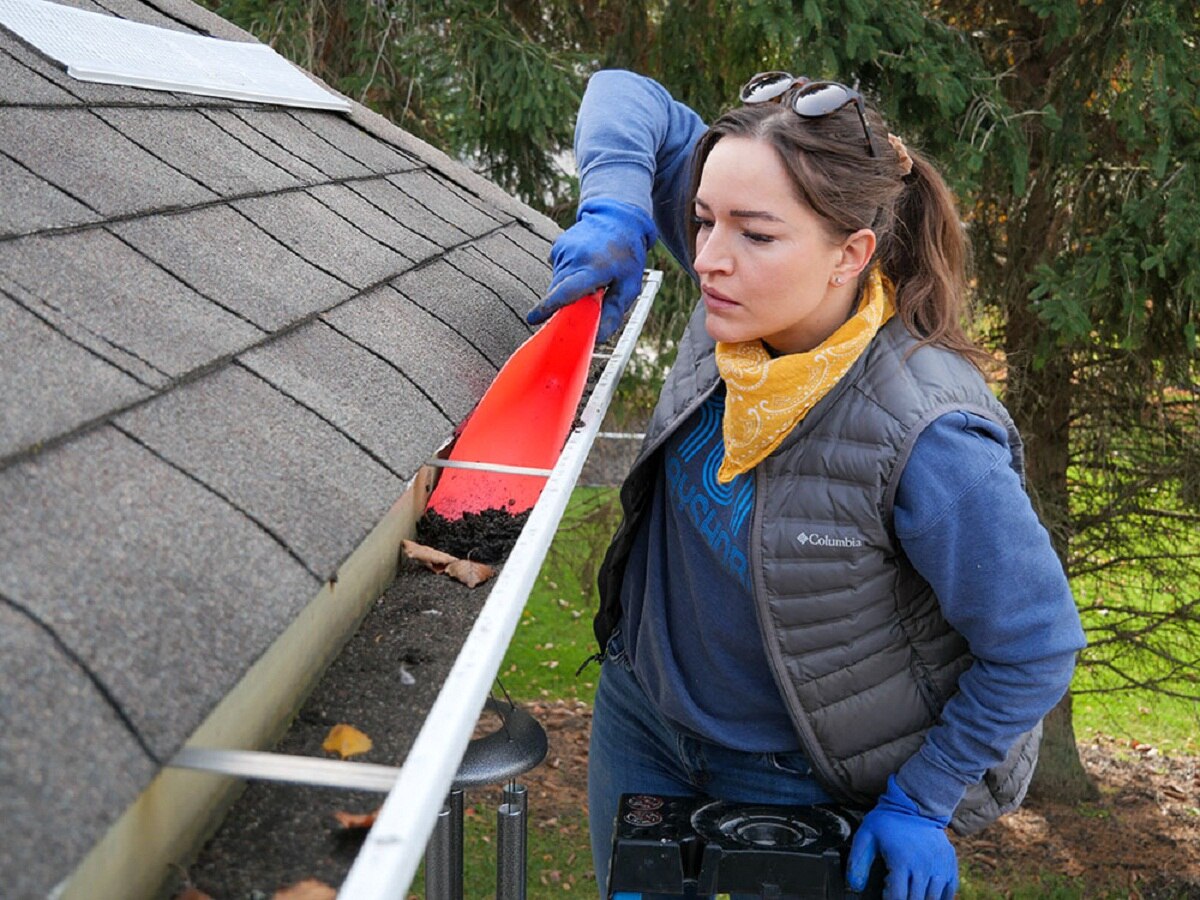
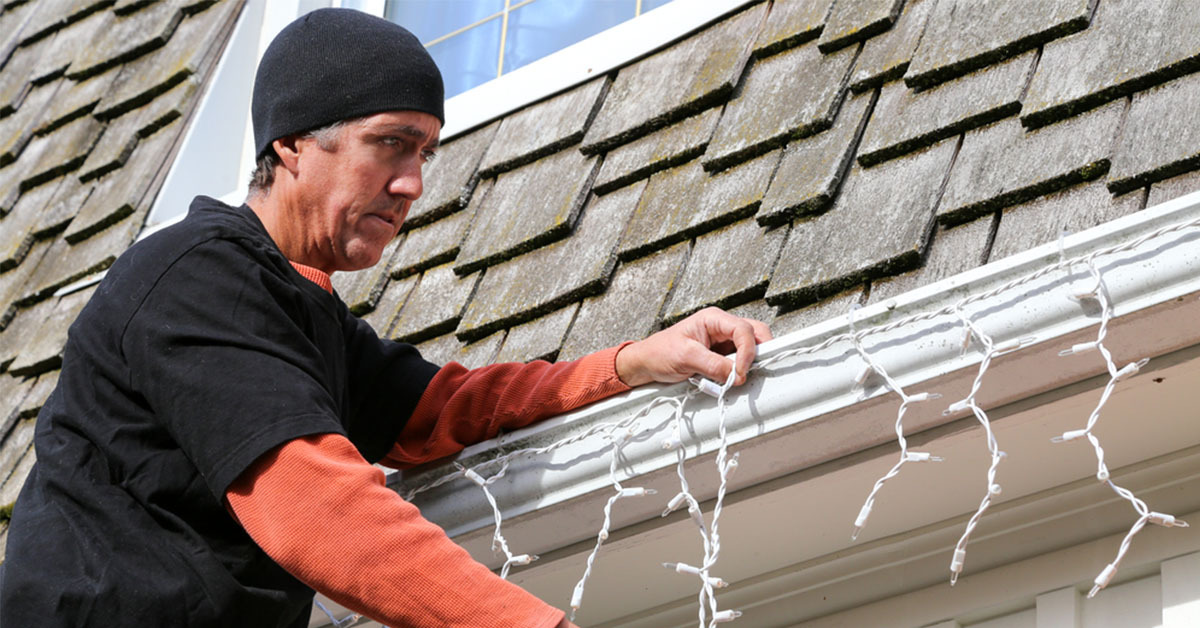
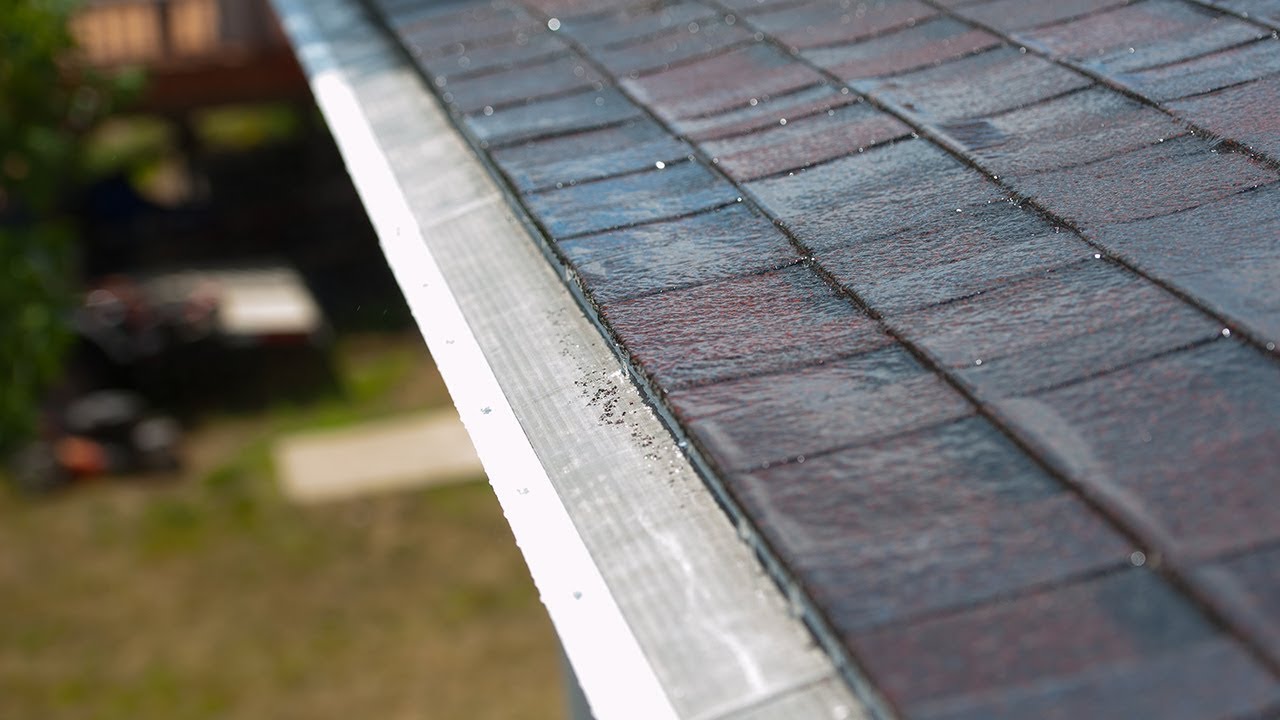
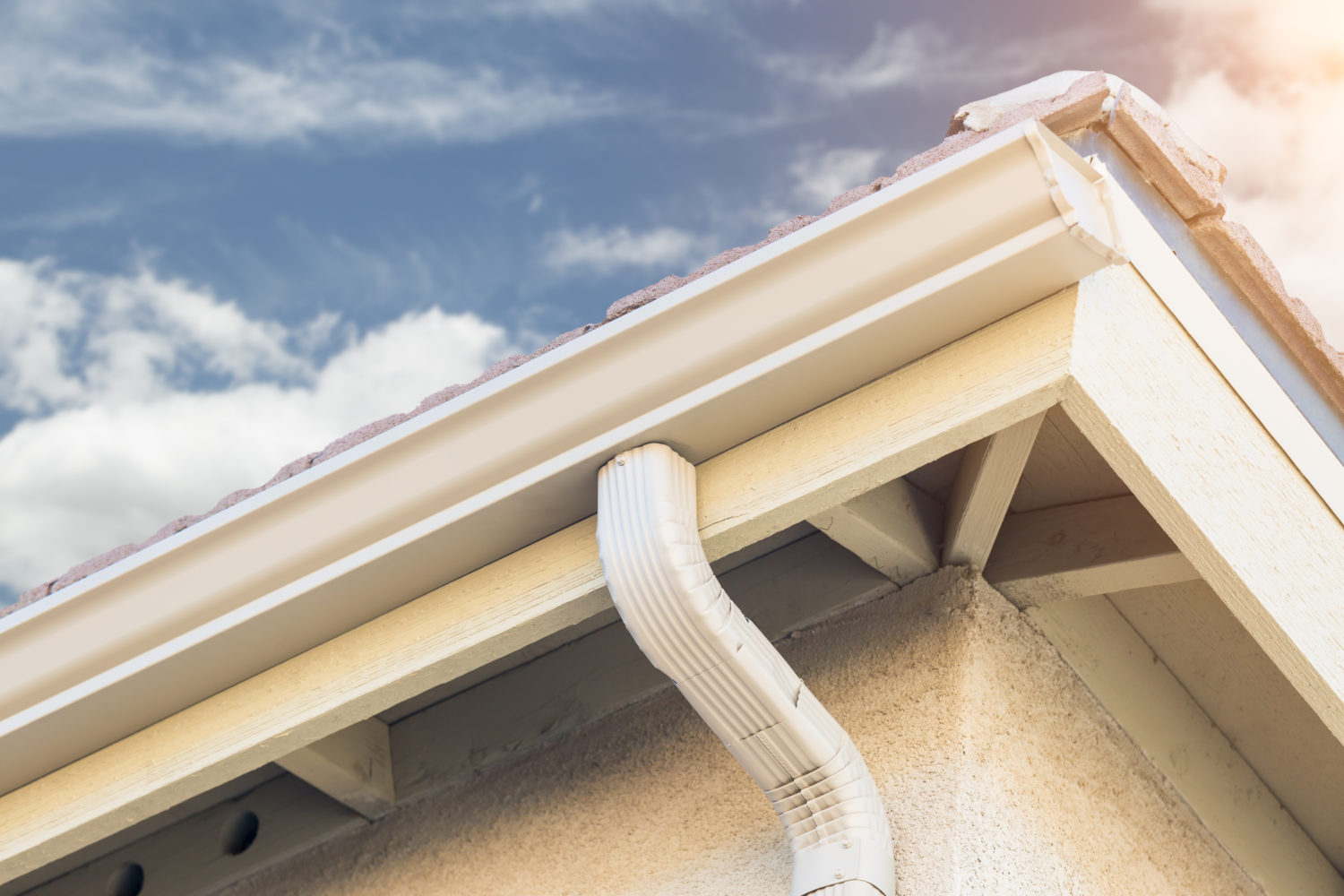
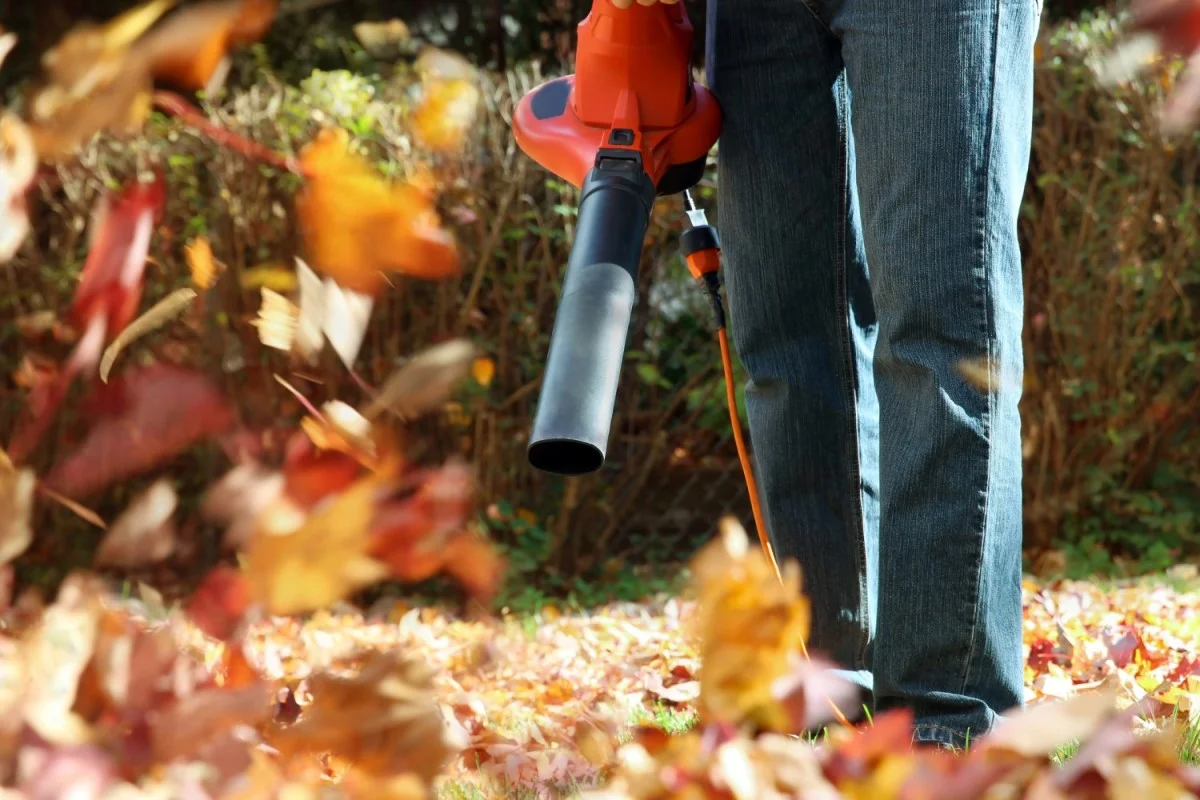
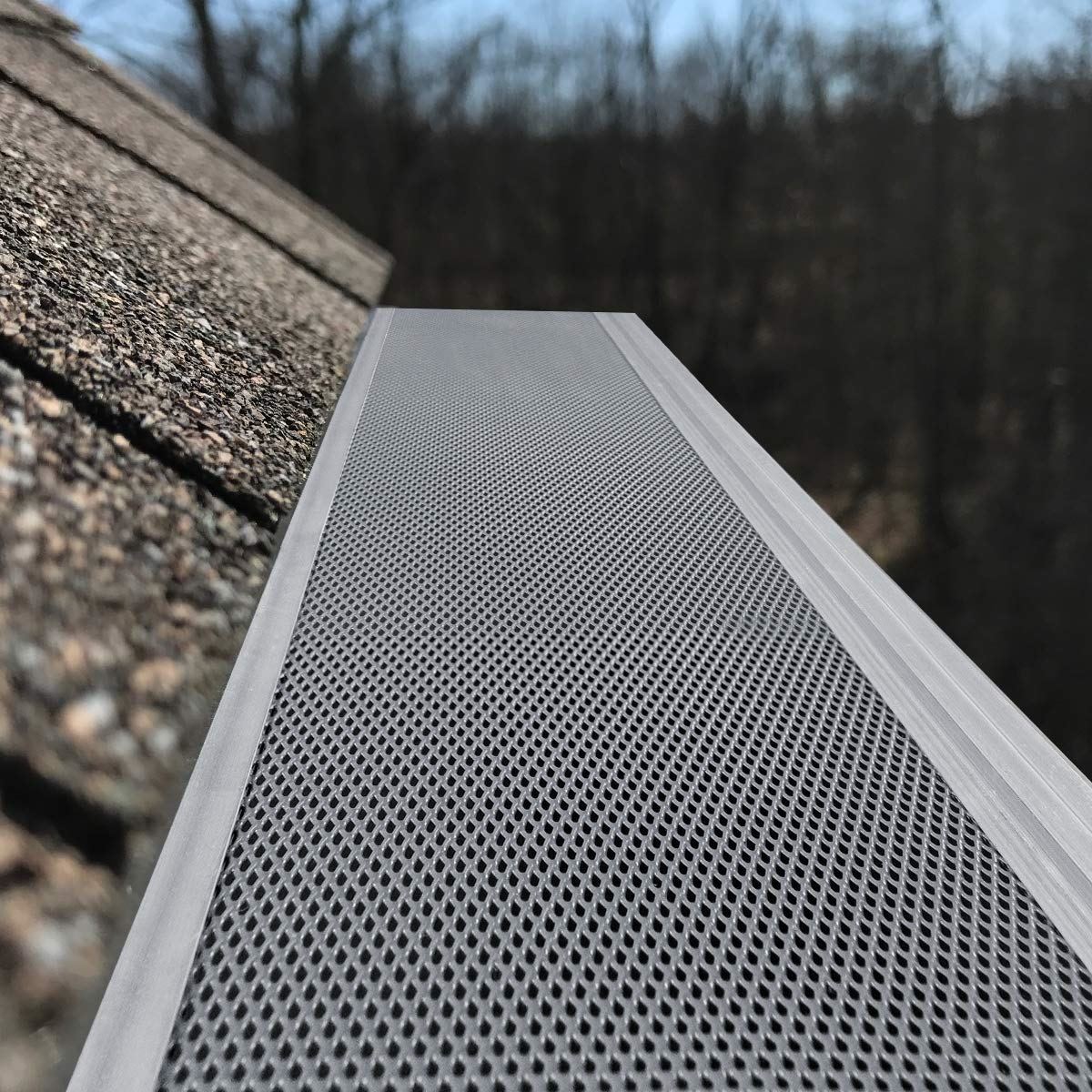
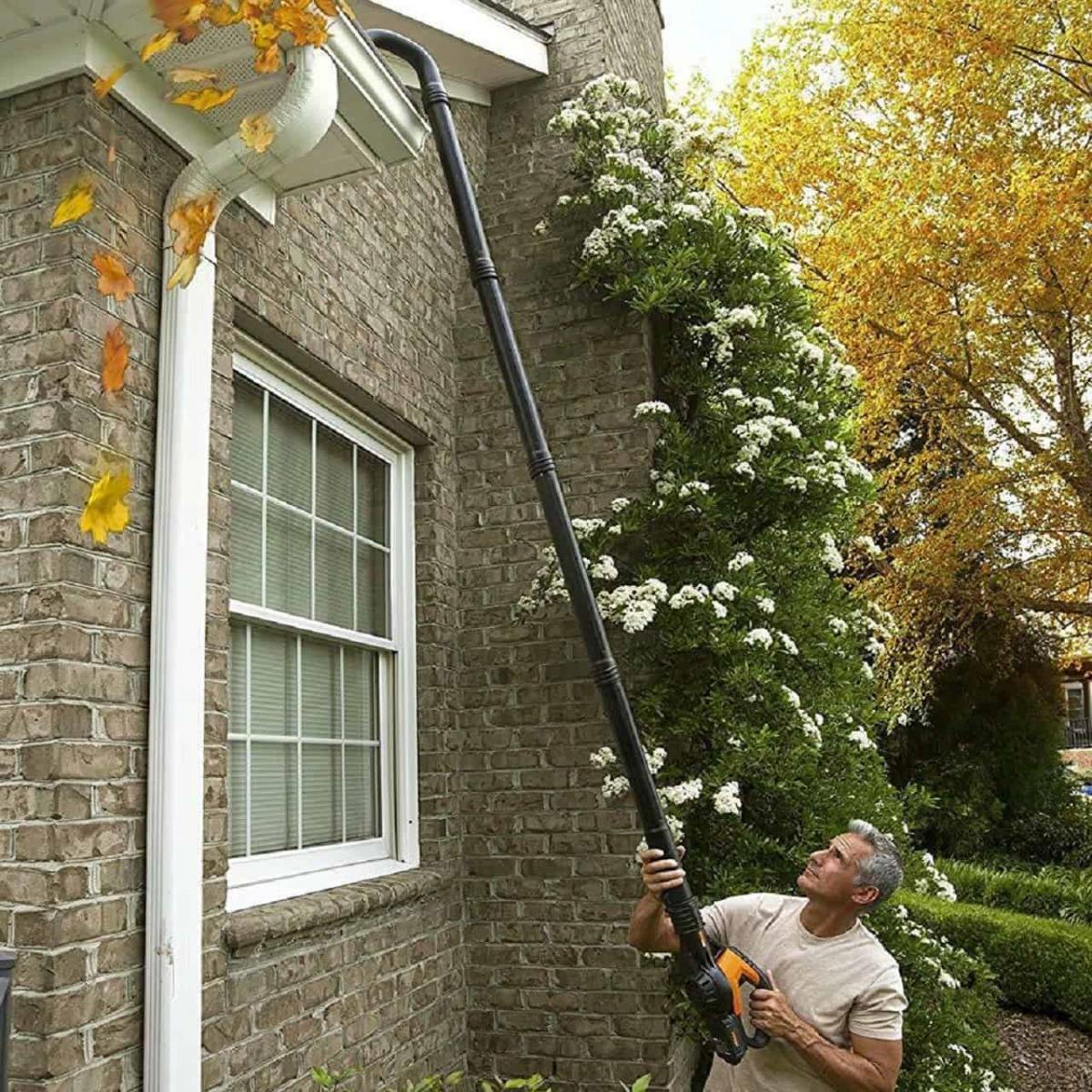

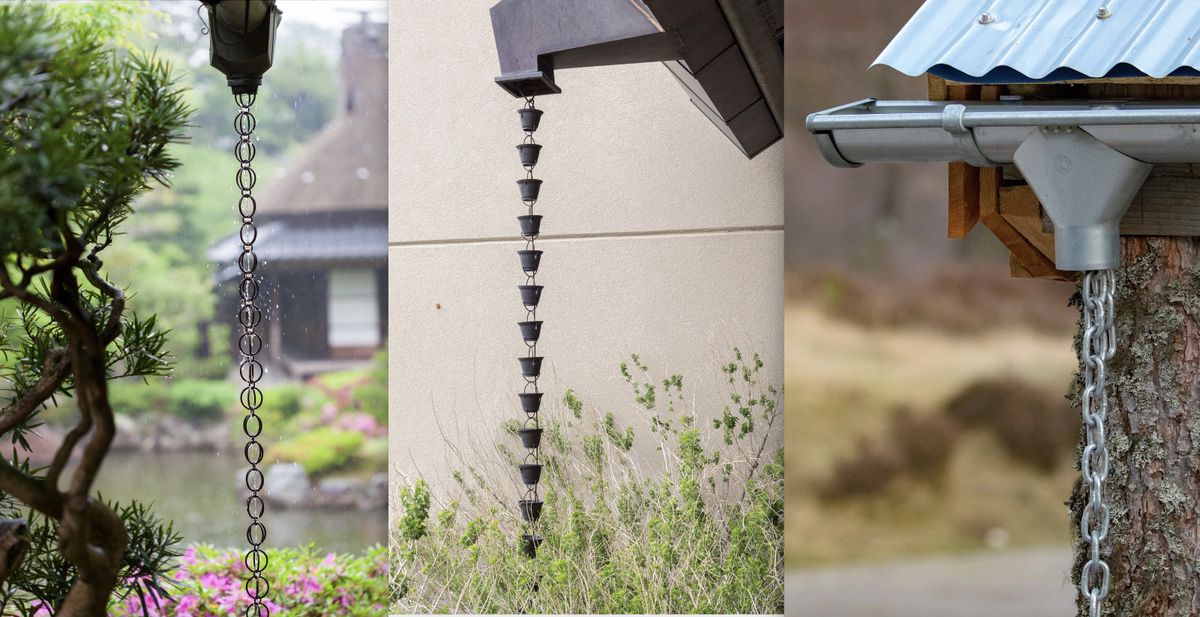
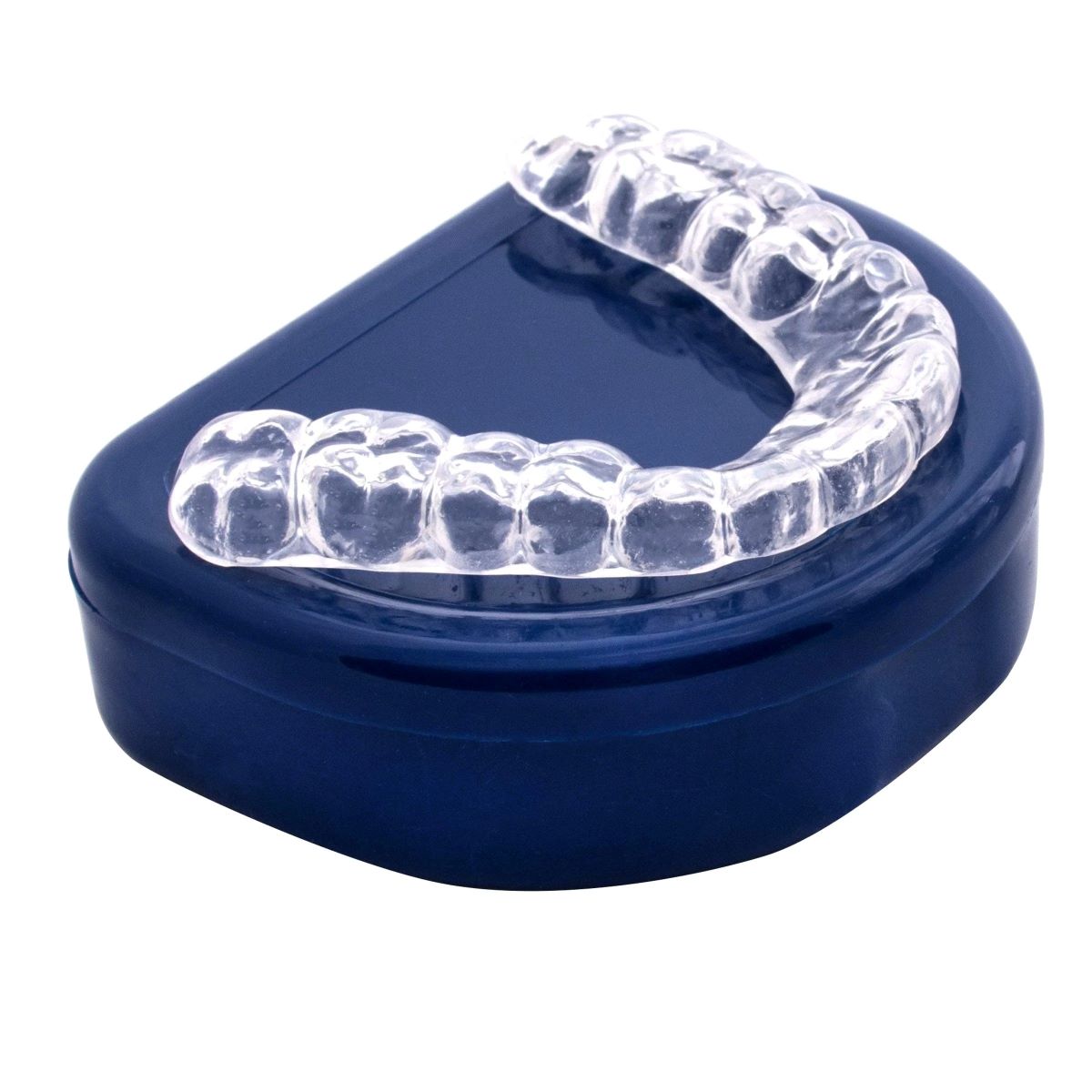



0 thoughts on “How Leaf Guard Gutters Work”